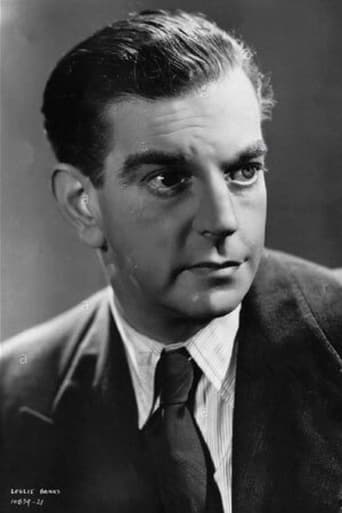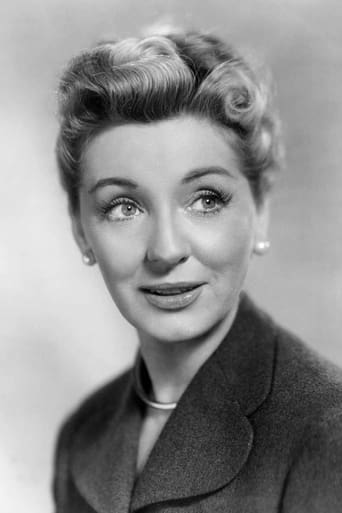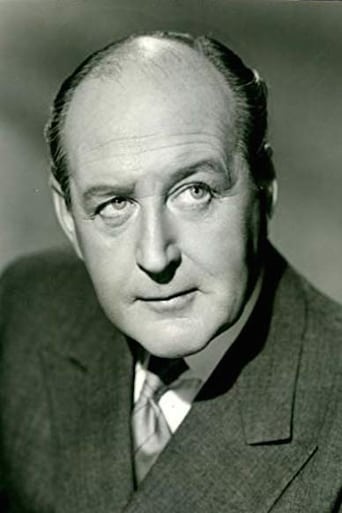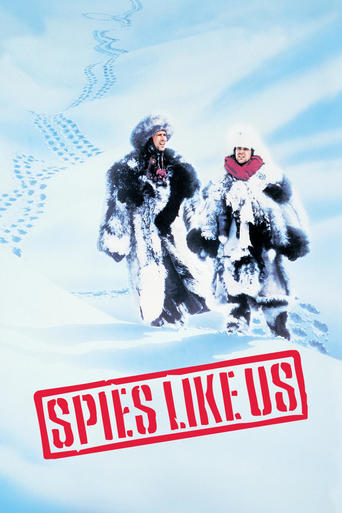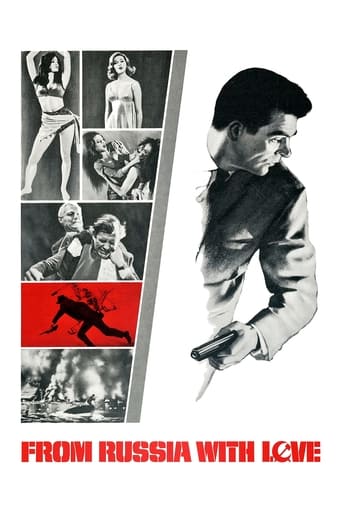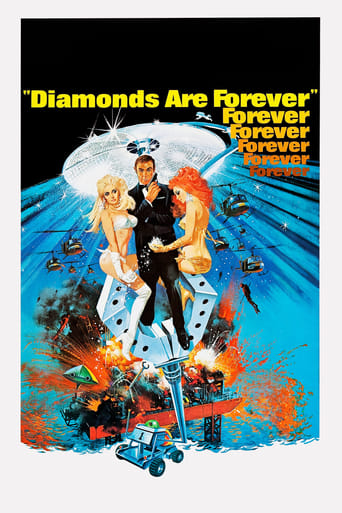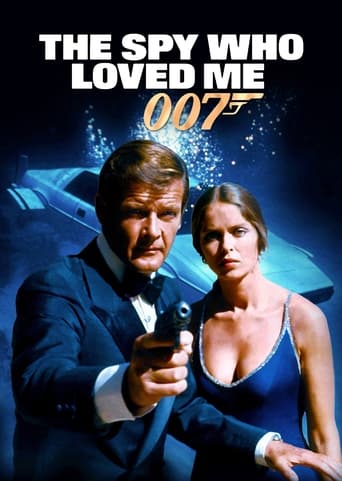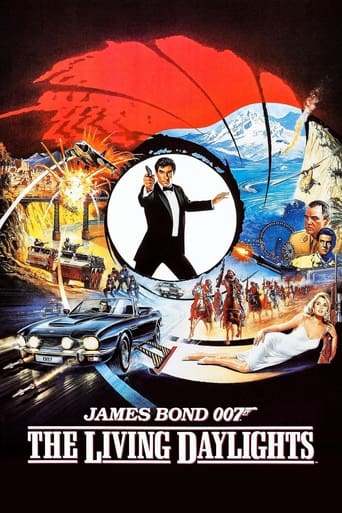
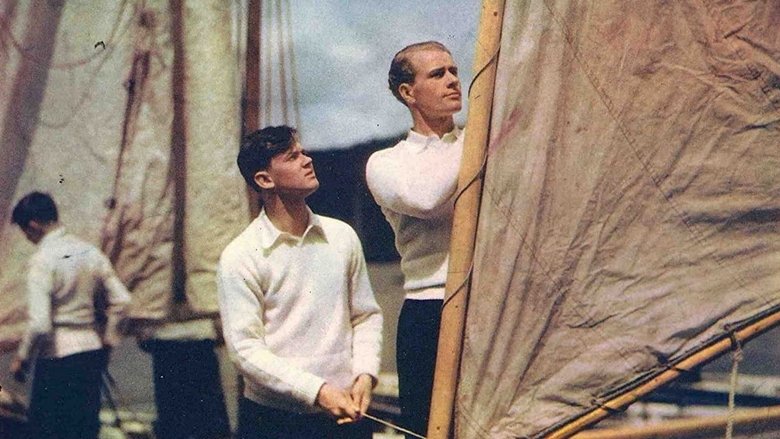
Sons of the Sea (1939)
The head of Dartmouth Training College has been murdered, and his successor, Captain Hyde, suspects that he himself may have been the intended target. He enlists the help of his own son Philip, a reluctant cadet at the college, to help him confirm his suspicions about planned enemy action... but meanwhile, there is a Secret Service agent staying at the college observatory, the foreign-born professor of astronomy is behaving strangely, and Naval Intelligence disclaim any knowledge of what is going on...
Watch Trailer
Cast
Similar titles
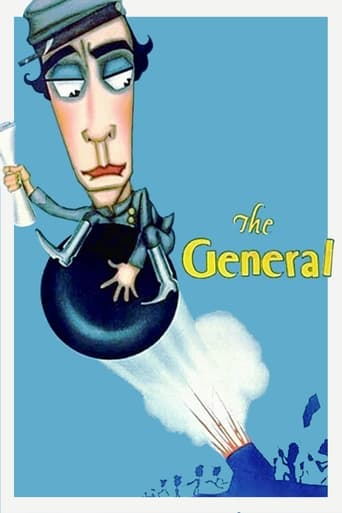
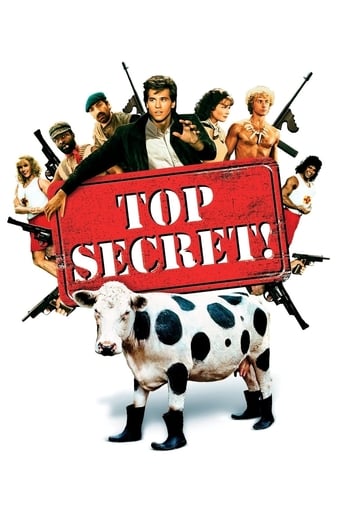
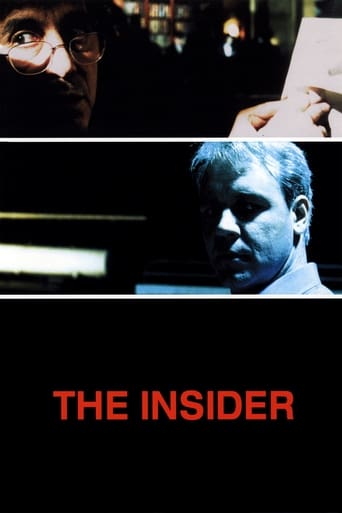
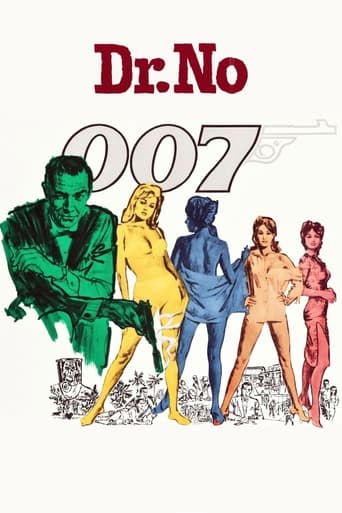
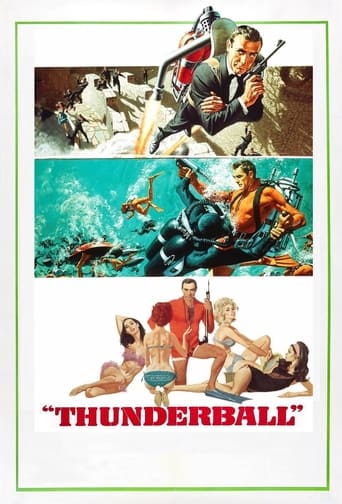
Reviews
It's fun, it's light, [but] it has a hard time when its tries to get heavy.
Through painfully honest and emotional moments, the movie becomes irresistibly relatable
One of the most extraordinary films you will see this year. Take that as you want.
The film never slows down or bores, plunging from one harrowing sequence to the next.
SONS OF THE SEA is a rather dated spy thriller set in and around the naval training college in Dartmouth. The film opens with the murder of an official and sees his replacement investigating the crime, suspecting that he himself may have been the intended target. Meanwhile a visiting secret service agent looks into the murder while the antics of a local astronomer also raise suspicion.This film is chiefly of note for both the way in which it was made and the way it was filmed. It came out in 1939 just at the outset of WW2 and the enemies are obviously Nazis although they are never mentioned as such by name. The most interesting thing about this though is that it was actually made in colour thanks to a process called Dufaycolor. It was only used for this one film but is pretty decent and a good rival to the more popular Technicolor process.Otherwise this is pretty heavy going, lacking the lightness of touch of many other thrillers from the era. There's no humour to speak of, just a lot of heavy emoting and back-and-forth conversations. I found the acting of the protagonists to be more than a little stuffy as well which also sapped my enjoyment. And the ending just sort of dawdles along instead of being exciting like it should be.
I actually enjoyed this film a good deal more than anything I'd read had given me to expect. I suppose in retrospect it's (very literally!) a schoolboy story of a pre-war Britain where murder is the preserve of dastardly foreign agents, a naval career is the highest pinnacle to which any right-thinking boy can aspire, and even the enemy is honourable -- but then I always enjoyed those tales on their own terms, and the murder-mystery here, while not deep, is skilfully told. The culprit is fairly obvious from an early stage, despite a trailed red herring of truly clumsy proportions, but the focus shifts imperceptibly from 'who' to 'who next?', and there's a real tension in the sunlit afternoon that leads up to the events of the final part of the plot.Given what is evidently a low budget or a high sensitivity threshold for gore and explosions -- the body count is all off-screen -- this story of murder and espionage adopts a detached and narrowly-focused viewpoint that perhaps inadvertently echoes the observer/telescope motif running through it: scenes are shown at face value, without a guiding detective figure to steer viewers' deductions, the villain declines the obligatory revelation of his true identity, motives and plans, and we learn of the boy Philip's fateful interview only at second-hand and piecemeal after the event, with no more certain knowledge of whose version to trust than the characters themselves. The result -- for me at any rate -- was a surprisingly understated and effective treatment of what is basically an Agatha Christie or W.E.Johns-type story, relying on the classic plot-lever of vital knowledge locked up in the head of one man. The slow-moving and potentially sentimental amnesia-scenes culminate in a genuinely chilling moment of breakthrough; and the 'flag-waver' finale caught this viewer, at least, into an unfeigned lump in the throat. For those with the requisite knowledge, there is also a wide range of naval melodies to be picked out of the sound-track!I felt the only false note was Philip's sudden change of career plans by the end; not perhaps implausible as a reaction to events, but presented abruptly as a 'fait accompli' rather than as a revelation of self-discovery. This could have been more convincingly handled to achieve the desired outcome.Otherwise, the film came across as an enjoyable little piece, and an unintended snapshot of its era with its boyish emphasis on honour, duty and service and its carefully non-specific foreign threat -- attractively photographed, with good use of its location, and well-judged touches of comedy and drama bringing to life the secret-agent-by-numbers plot. This is a Boys' Own adventure in the best sense of the term; not up there with "The Four Feathers" or "Beau Geste", but good lively matinée fodder.
An early British colour movie from the 1930's (the only others that spring to mind are The Divorce of Lady X and The Four Feathers) but sadly not as enjoyable as the other two. As has been mentioned, this showcases the Dufaycolour film process and it does good give results; making the 1930's colourful without overpowering the viewer with garish colours (compare with other early Technicolour movies). The shots of lovely Devon countryside are a bonus as well: As a recent visitor to Devon, I was amazed to recognise Dartmouth, Slapton and Brixham in this movie, all of which seems little changed to this day.The plot is plodding and so so. The direction stilted and stiff and the acting is, at times, woeful but this is all balanced by a intriguing look, in colour, of an era long gone.
The real star of this film (as it was in 1939), isn't an actor, but the then new Dufaycolor - full colour process. It is also possibly the first feature film to be shot using a single color negative (in contrast to the three b/w negatives needed for the three-strip Technicolor camera). In the case of Dufaycolor, the negative film was ruled with a mosaic of very fine red/green/blue lines. This is important to know when this film is viewed today as the colour is completely different from Technicolor. Because the film was shot with a conventional b/w camera, the restrictions of the bulky three-strip camera freed. This makes for some smooth, nimble camerawork. As a bonus, there are a good deal of clear, bright outdoor shots, the result of much filming around the cool blue seas and hamlets that stretch and cover the South coast of England. A landscape about to be changed by the approaching War. Even this film is intended to be a 'flagwaver' and a nod to Admiral Nelson is given in the final sequence. This is because, in this case, the Navy is honoured, including the Naval training college. The storyline is sadly, a conventional spy story. This is given depth by the always excellent Leslie Banks and the welcome appearance of Cecil Parker. The colour consultant on the film was the British colour film expert Adrian Clyne. He had good concepts for the way progressive colour films should look (which sharply differed with that of Technicolor's Natalie Kalmus). Even after 60 years, Clyne's composition is modern and vibrant. If Kalmus wanted pastels in 30s Technicolor, Clyne wanted effective colour compositions and wasn't afraid to use colour dramatically, but without the need to detract from the drama. In all, the film is an interesting experiment. No other Dufaycolor films were made. War shortages sealed the fate of this process. Viewed today, the drama is only average and anyone expecting a good spy story may be disappointed, however if looked at from the point of view as one of the few 1930s British films in colour (which has survived well) it is stunning.
